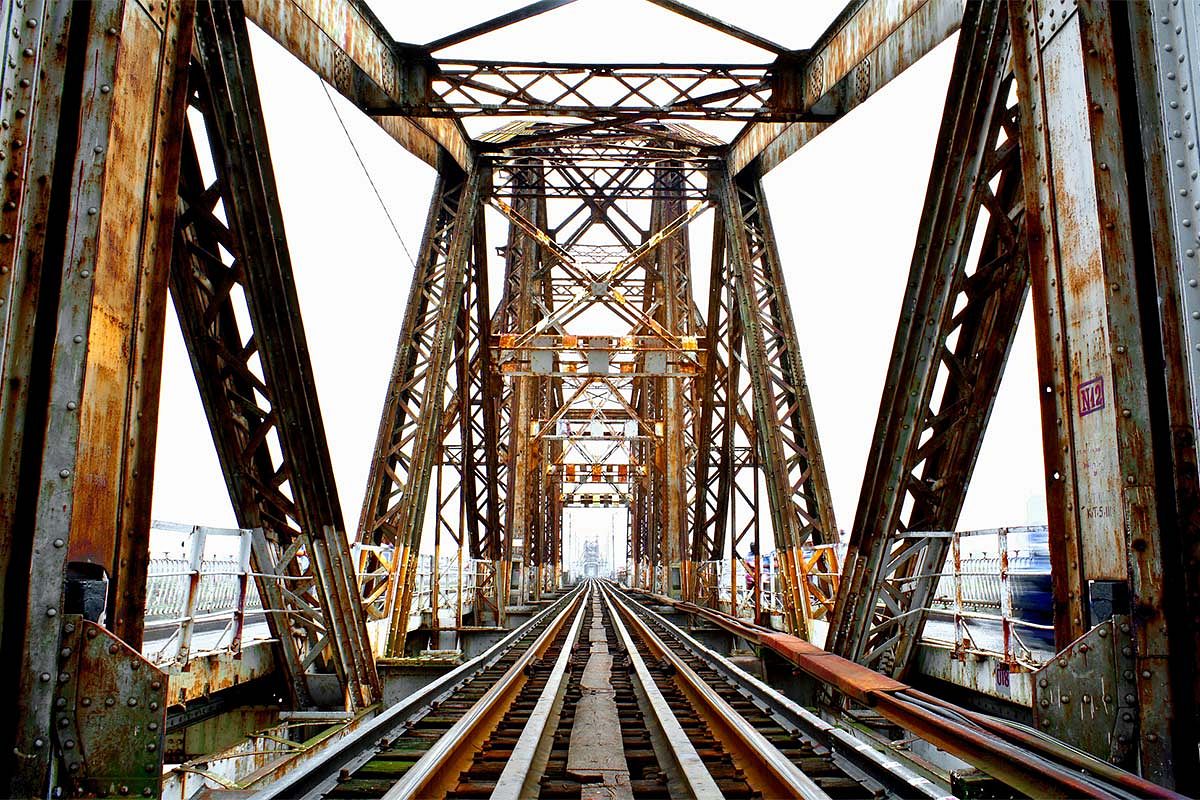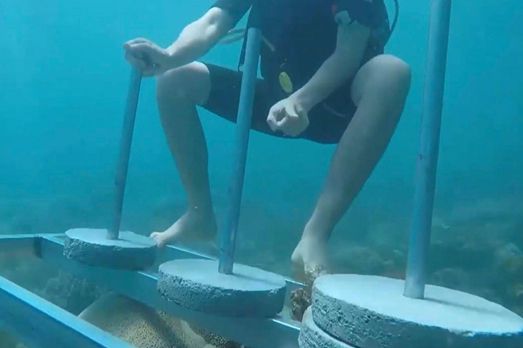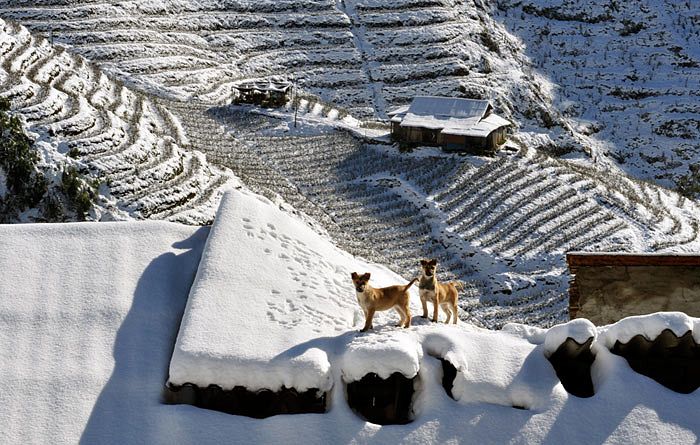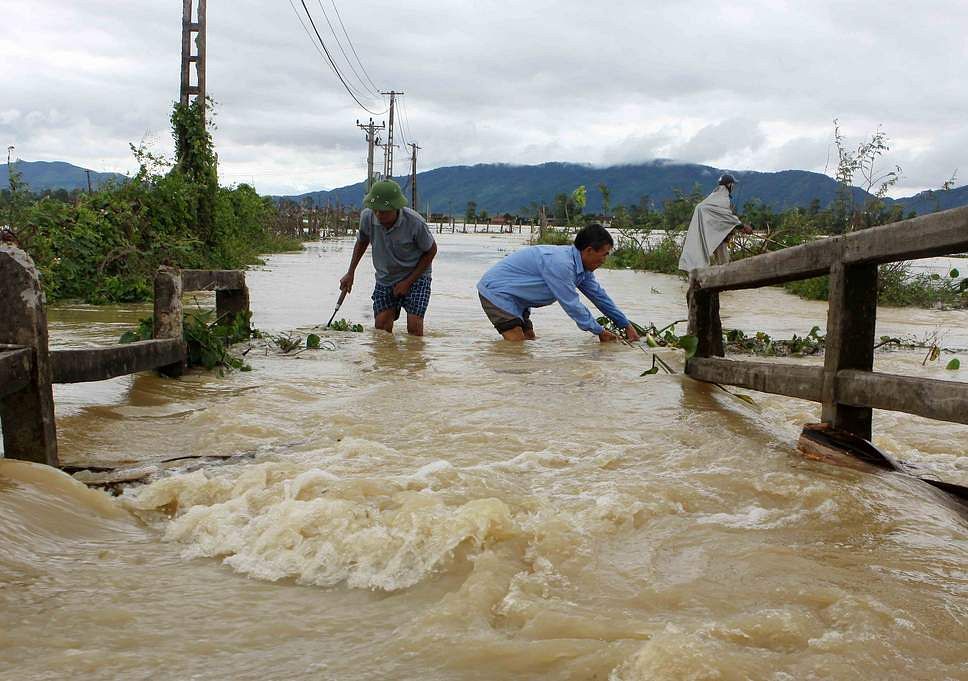The country will need 2,680 pilots for commercial flights by 2020, nearly twice as many as it currently has.
The increase in demand for flights and arrival of new airlines have left carriers scrambling for pilots while they raise salaries and explore new training centers. Tuoi Tre cited Bamboo Airways CEO Dan Tat Thang, who explained that the situation will only worsen in the next decade as supply continues to lag behind demand.
This is not unique to Vietnam, as the world as a whole, and Asia in particular, is suffering from a lack of qualified pilots, as recently detailed by Bloomberg. The news source claims global air traffic is set to double in the next two decades, with the largest growth observed in Asia-Pacific, with numbers increasing from 1.6 billion annual travelers in 2017 to 3.9 billion by 2037.
The effects are already being felt, with carriers like IndiGo canceling flights and Taiwan's national carrier spending more than US$4 billion to improve working conditions and retain employees.
The amount of time and capital it takes to train pilots is the main source of the problem. It takes up to four years to train a captain for an Airbus A320 and A321, and up to eight years for an Airbus A350 or a Boeing 787. In the past, many pilots gained the necessary skills by serving in wars. However, with global wars being a thing of the past, that source has dwindled. Moreover, stringent health and background requirements limit the number of potential applicants.
In response, governments and aviation companies have had to establish costly training centers. The Vietnam Airlines-run Viet Flight Training produces 100 pilots a year and recently added a new flight simulator, while VietJet opened a center in Saigon in 2018. Bamboo Airlines is exploring the potential for their own school, to be located in Quy Nhon, where the new airlines is headquartered.
The graduates of these programs, however, won't be able to fully match demand, and the country's airlines will need to continue relying on foreign pilots at great expense. Currently, approximately 80% of JetStar's pilots, for example, come from overseas and require lucrative packages to lure them from other locations.
[Photo/CC BY]














